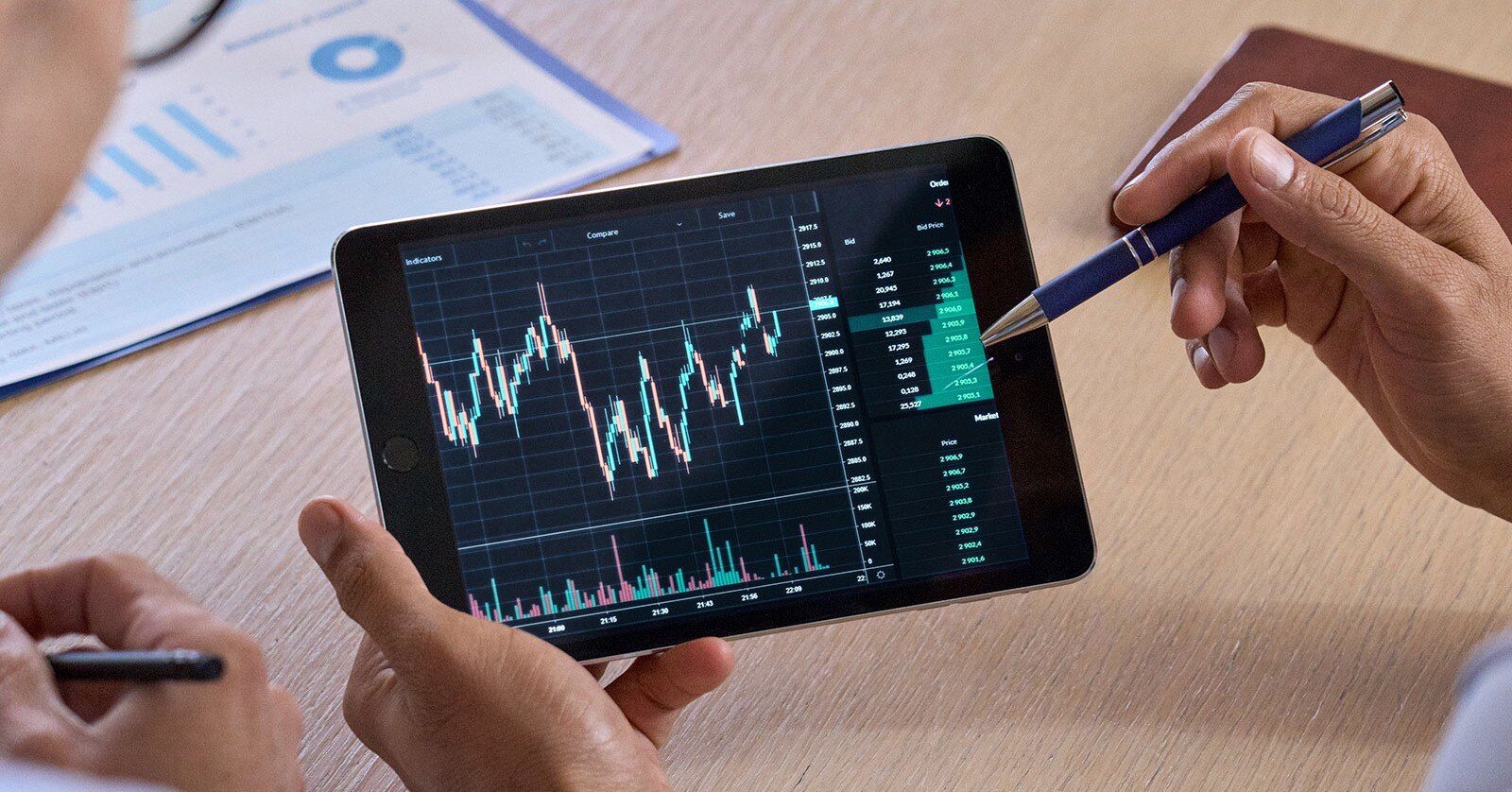When MiFID II entered into force across the European Union on 3 January 2018, it showed intent from lawmakers in the union to instil trust in the financial system. The directive updated the previous Markets in Financial Instruments Directive (MiFID) regulation from 2007, which formed a single investment market that simultaneously promoted competition and harmonised investor protection within the EU. One of the notable areas where regulations changed with MiFID II is “dealing on own account”.
This article explains what dealing on own account is, according to MiFID II, the differences between how the original directive and its updated version address it and what requirements there are for organisations relating to it.
1. What is dealing on own account under MiFID II?
1.1 MiFID definitions
Under MiFID and MiFID II, dealing on own account means “trading against proprietary capital resulting in the conclusion of transactions in one or more financial instruments”.
Dealing on own account can refer to investment firms taking positions, including proprietary trading and those created by market-making. It can also apply to client servicing processes, which might include acting as a Systematic Internaliser, where the firm acts as a counterparty for a client, using its own capital. Another form of dealing on own account is when the firm takes a market or “unmatched principal” position on its books when executing an order.
1.2 Understanding dealing on own account under MiFID II
Dealing on own account is handled under MiFID II in three main areas:
| Area | Definition |
| Matched principal trading
(MTCH) |
Matched principal trading is described by The Trade as a deal where “an intermediary stands between two counterparties trading a bond in order to match orders by simultaneously arranging offsetting trades using their own capital”. The firm acting as the intermediary makes no profit or loss from the trade but does collect a commission or a fee or charge for facilitating. |
| Dealing on own account (DEAL) | All other forms of dealing on own account, outside of matched principal trading. |
| Any other capacity (AOTC) | If the trade is not on own account or matched principal trading, it is dealt with under this term. This term includes agency activity. |
1.3 Exemptions when dealing on own account under MiFID II
According to Article 2(1)(d) of MiFID II, the directive’s guidelines on dealing on own account do not apply to “persons dealing on own account in financial instruments other than commodity derivatives or emission allowances or derivatives thereof and not providing any other investment services or performing any other investment activities in financial instruments other than commodity derivatives or emission allowances or derivatives thereof”.
However, some parties fall into this category to whom the exemption does not apply. These are:
- Market makers, which are usually large firms that offer buy and sell prices on particular assets and make trades in both directions rapidly, increasing the liquidity in the market and helping it run more smoothly.
- Participants in or members of any regulated market or a multilateral trading facility (MTF), or those who enjoy direct electronic access to a trading venue.
- Traders who utilise high-frequency algorithmic trading techniques.
- Traders who deal on own account as they execute client orders.
1.4 Organisational requirements
MiFID II requires companies to:
- Keep records of all communications relating to the transactions completed when dealing on own account, as well as communications that were intended to result in a transaction.
- Create systems to prevent the use of a client’s financial instruments when dealing on own account or to gain the express permission of that client in advance.
- Put in place measures to prevent the use of any clients’ funds held by investment firms for dealing on own account.
2. Reporting for dealing on own account under MiFID II
In the trading report, when dealing on own account, the investment firm must list itself as the buyer or seller. The other party will be the counterparty, client or trading venue. According to the European Securities and Markets Authority (ESMA):
“The investment firm may be acting purely to action its own proprietary trades or may be acting on own account with a view to filling orders that it has received from a client. In the latter case, the trading time and date for the client side report may be the same as for the market side report or could be later and the price of the market side and client side report could be the same or could differ.”
For transactions using matched principal trading, you should show in the reporting that the investment firm has achieved no change in position as a result of the deal. In cases involving one client only, you can submit a single report featuring both client-side and market-side details.
When dealing on own account, investment firms must keep records of all communications that led to, or were intended to lead to, transactions. Recordings of telephone calls and electronic messages must be included in this archive. Therefore, it is essential that firms provide equipment to employees on which it is possible to record these communications and dissuade staff from using personal devices that cannot be recorded on.
The firm must inform new clients that they will record communications before providing investment services to them. If they opt out of these communication methods, you can use any other durable medium to record them, including mail, faxes and minutes of face-to-face meetings.
The investment firm should keep these records for five years, or up to seven years if requested by the national competent authority (NCA).
3. Dealing on own account – the difference between MiFID and MiFID II
One of the main differences between MiFID and MiFID II in terms of dealing on own account is that the renewed legislation reduces the number of parties exempt from its scope. For example, persons whose primary business is dealing on own account in commodities and/or commodity derivatives must now adhere to the recording requirements laid down by MiFID II. The exemption also no longer applies to parties who trade in emission allowances (EUAs) or derivatives on EUAs.
4. Restrictions on trading capacities
Because firms who deal on own account, including on a matched principal trading basis, act directly for themselves and not on a client’s instruction or with a mandate given under the client’s discretion, they cannot transmit orders. These are counted as their own orders.
If an investment firm technically transmits an order but cannot be shown to have transmitted under ESMA’s guidelines. In this case, ESMA allows them to report it as a trade in “any other capacity”.
5. FAQs
5.1 What is the definition of a financial instrument under MiFID II?
Financial instruments are assets or capital packages that can be traded.
MiFID II states that the following are understood to be financial instruments: transferable securities, money-market instruments, units in collective investment undertakings, options, futures, swaps, forward rate agreements and any other derivative contracts, derivative instruments for the transfer of credit risk, financial contracts for differences, emission allowances consisting of any units recognised for compliance with the requirements of the Emissions Trading System (EU ETS).
5.2 What trades are reportable under MiFID II?
Reportable trades are:
- Those including financial instruments that are admitted to trading or traded on a trading venue or for which there is a request for admission made.
- Those including financial instruments where the underlying is a financial instrument traded on a trading venue.
- Those including financial instruments where the underlying is an index or a basket composed of financial instruments traded on a trading venue.
5.3 Does MiFID II apply to insurance companies?
If an insurance company provides and trades in a relevant instrument, it must adhere to MiFID II.
6. Conclusion
The MiFID II dealing on own account requirements demand scrutiny from investment firms who participate in such activities. Fewer parties are now exempt from the scope of the directive. You will have to implement new methods of reporting and recording the communications that lead to transactions and conversations where the intention was to lead to a transaction.
For help with MiFID II compliance, TradeLog’s online platform captures employees’ personal trades and provides pre-clearance based on your parameters, as well as flagging violations. Try a free demo of TradeLog today.
7. References and Further Reading
Share this post
Article Summary
- 1. What is dealing on own account under MiFID II?
- 1.1 MiFID definitions
- 1.2 Understanding dealing on own account under MiFID II
- 1.3 Exemptions when dealing on own account under MiFID II
- 1.4 Organisational requirements
- 2. Reporting for dealing on own account under MiFID II
- 3. Dealing on own account – the difference between MiFID and MiFID II
- 4. Restrictions on trading capacities
- 5. FAQs
- 5.1 What is the definition of a financial instrument under MiFID II?
- 5.2 What trades are reportable under MiFID II?
- 5.3 Does MiFID apply to insurance companies?
- 6. Conclusion
- 7. References and Further Reading





